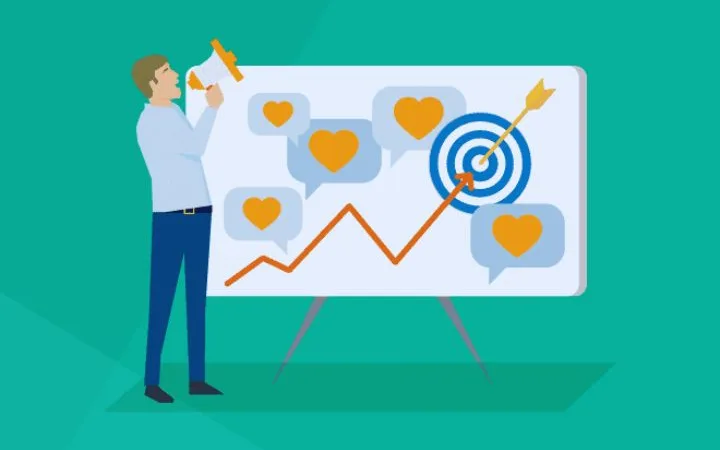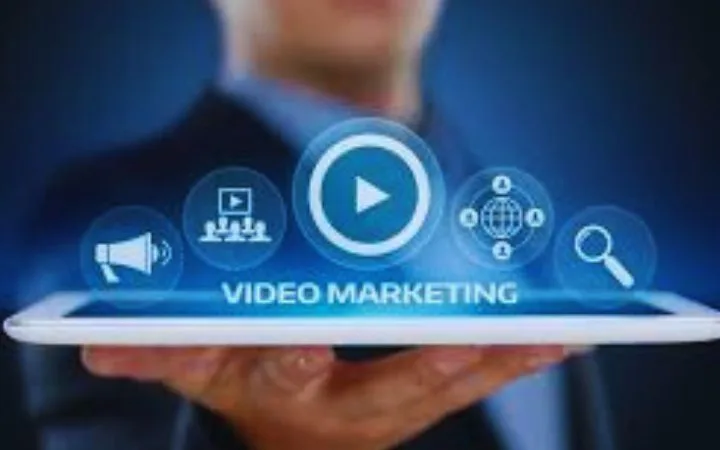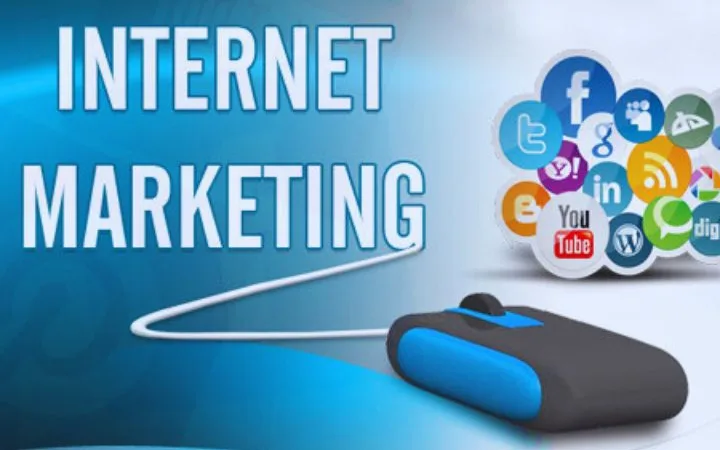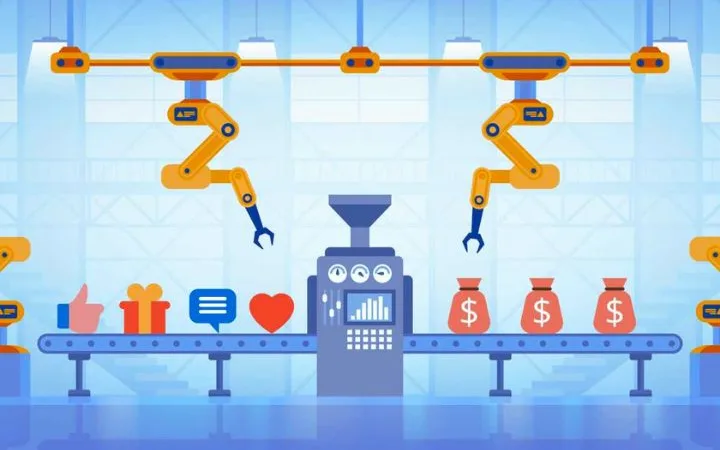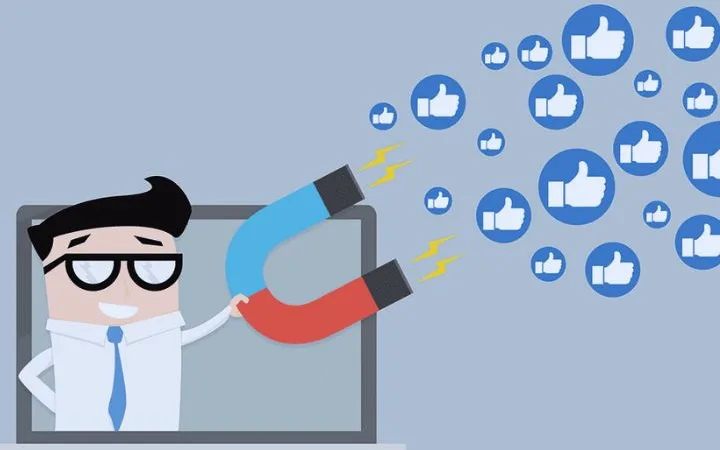How To Properly Articulate Your CRM And Emailing Software?

CRM data helps improve the targeting and personalization of email campaigns. And conversely, the data of the emailing software makes it possible to enrich the data of the CRM. There is therefore a clear interest in integrating the two systems. In this article, we will focus on the use cases of a good integration between the CRM and the emailing solution.
Through this integration of the two systems, it is:
- Enrich emailing campaigns with CRM data (use cases 1, 2 and 3)
- To enrich the CRM (Customer Knowledge) thanks to the behavioral data (email behavior) given by the emailing solution (use cases 4, 5 and 6).
Table of Contents
Use Case 1 – Better Segmentation Of Your Campaigns
Segmenting your audience is a crucial step in any email campaign. Fortunately, this task has become easier over the years, especially thanks to the advanced filters offered by most CRM software. Not only is segmentation easier, but it’s now possible to hyper-segment your audience. With your CRM, you can segment your audience based on their location, buying habits, age, and even personal interests.
Among companies that have segmented their email list through their CRM, 39% of them have seen their open rate increase. 24% of them have also seen their incomes increase. Concrete results that show the importance of segmenting your campaigns.
Use Case 2 – Email Personalization
In today’s marketing landscape, personalizing your emails is a necessity. A CRM allows you to perform basic customization such as, for example, adding your customer’s name to the subject line of the email. With the segmentation and data you’ve collected using your CRM, you can target people based on their exact interests. For example, if you run a clothing store, you can send your female audience offers that are related to women’s clothing and your male audience offers for men’s clothing.
You can be even more specific than that. For example, your female audience living in Corsica will be more interested in shorts or light dresses than in big winter coats. You can also use a customer’s buying behavior to craft your future emails. If you have a customer who has already purchased a costume, you can send them an email when you receive new costumes. Beyond email personalization, it’s a pleasant experience for your customers.
Use Case 3 – Improving Lead Nurturing
Lead nurturing is about strengthening the relationship with a lead who is not quite ready to buy. To help them in their thinking, sending an email is essential. To choose the most suitable solution for your needs, you can make a complete comparison of emailing software.
Once the software is selected, don’t fall into the trap of sending only promotional emails. The lead will get tired quickly and could finally turn its back on you. On the other hand, opt for qualitative content that responds as precisely as possible to the problems it encounters. Rely on the information in your CRM to create a real close relationship, beneficial for your future customer.
Use Case 4 – Prioritizing Leads With Lead Scoring
Which lead is most likely to buy from you? On the contrary, which one is the most “cold”? Unsurprisingly, you want to focus your efforts on those with the highest probability of making the purchase. For this, there is lead scoring. Leading marketing automation tools assign ratings to your leads based on their online browsing habits.
By synchronizing your CRM software with your marketing automation tool, it will allow you to align your sales and marketing teams. They will be able to keep abreast of the activity and recent behavior of the leads and will be able, accordingly, to make the necessary strategic adjustments.
Use Case 5 – Be More Responsive In Tracking B2B Communications
When you send emails to prospects and customers, how do you know they’re open and read? How do you know who clicks which link? Unless you have magical powers, it remains very complicated. These powers are a CRM that can give you. Thanks to the alerts that are sent to you in real time via the tool, you will no longer miss any action taken by your prospect/customer.
When the customer receives your email and opens it, you receive an alert. If they click on a link, you receive a new alert. These alerts will give you a definite advantage: responsiveness! The art of tracking your emails is nothing more than that: it’s as much about timing as it is about content.
If you can send your follow-up emails at the right time – after an email has been opened or a video has been viewed – and the messages are personalized based on the customer’s behavior, it’s like winning a battle. Even if your customers aren’t always receptive to this type of follow-up, most will be. This could increase your open, click, conversion, and even ROI rates.
Use Case 6 – Improving Customer Knowledge
The more knowledge you gain about your client, the easier it will be for you to establish a targeted and strategic relationship. By integrating the operation of your emailing software with that of your CRM, it will give you much more relevant information about your customer. Indeed, the integration makes it possible to bring back into the CRM the engagement data of contacts vis-à-vis email campaigns. For example, you will be able to find out more about the times at which your customer undertakes specific actions (open, click, etc.) or about the topics that interest him the most.

